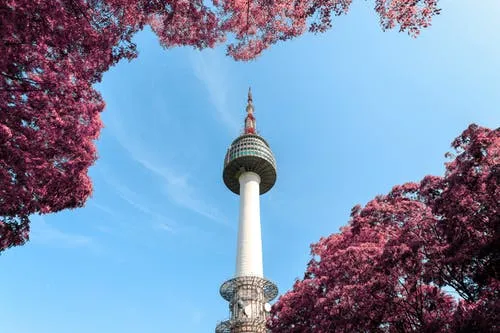
South Korean banks' vulnerability intensifies amidst renewed pandemic onslaught
The new outbreaks could lead to an extension of relief loans, which will weigh on profits.
South Korea’s banking system is becoming increasingly vulnerable to the prolonged economic downturn as relief loans to small and medium enterprises (SMEs) and individuals continue to surge, reports Fitch Ratings.
Currently, relief loans comprise 5% of total loans amongst the four largest commercial banks—Kookmin Bank, Shinhan Bank, KEB Hana Bank, and Woori Bank.
The aggregate H1 credit costs of the four largest commercial lenders tripled to 11 basis points (bp) from a year ago due as they braced for the probability of default.
The increase in COVID-19 cases in August may push for an extension of relief loans, which will add to banks’ burdens. Relief applications are set to close in September.
“The longer and more severe the pandemic becomes, the larger the relief loans will be and the greater the banks' burden will become. However, a drastic tapering of the relief could also elevate delinquencies and jeopardise system stability,” warned Matt Choi and Heakyu Chang of Fitch Ratings.
Relief loans to SMEs and self-employed individuals are about 70-80% secured with collateral or guarantees, according to Fitch. Assuming a 30% loss-given-default, a relief-loan impairment of 10% in H1 would erode the banks’ common-equity Tier 1 rations by about 30bp on average. This equates to a 20% cut in average risk-adjusted operation profitability.
“Relief loans should enable large banks to report resilient loan performance in the short term, but downside risk to their financial profiles could be magnified if such measures are tapered too quickly or if the economic woes become worse than our forecast,” noted Choi and Chang.




![Lorem Ipsum [ABF 1]](https://cmg-qa.s3.ap-southeast-1.amazonaws.com/s3fs-public/styles/exclusive_featured_article/public/2025-03/a_hand_pointing_to_a_futuristic_technology_5b87c9d0e3_1.png.webp?itok=2w0y1WhS)


![Cross Domain [Manu + SBR + ABF + ABR + FMCG + HBR + ]](https://cmg-qa.s3.ap-southeast-1.amazonaws.com/s3fs-public/styles/exclusive_featured_article/public/2025-01/earth-3537401_1920_4.jpg.webp?itok=WaRpTJwE)







 Advertise
Advertise

